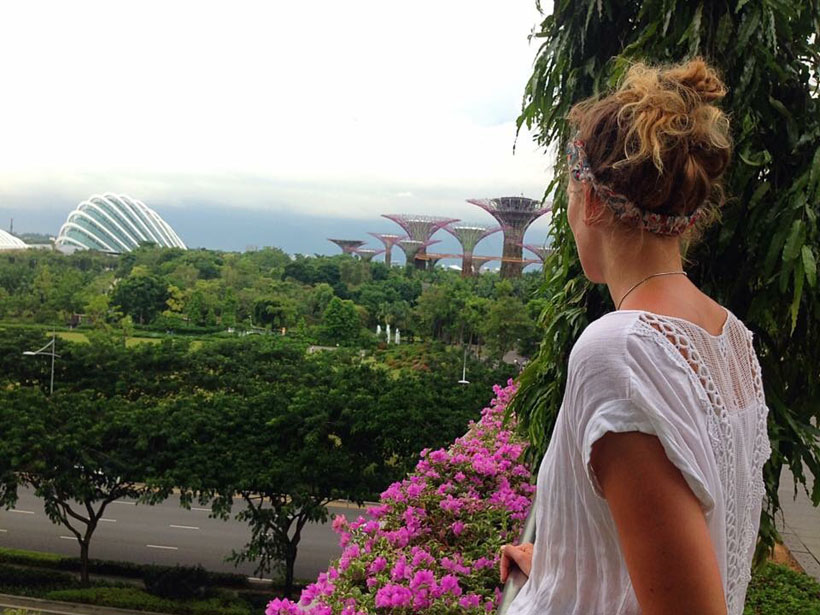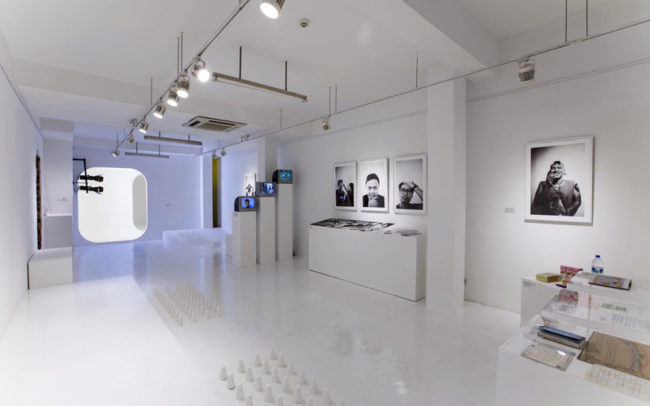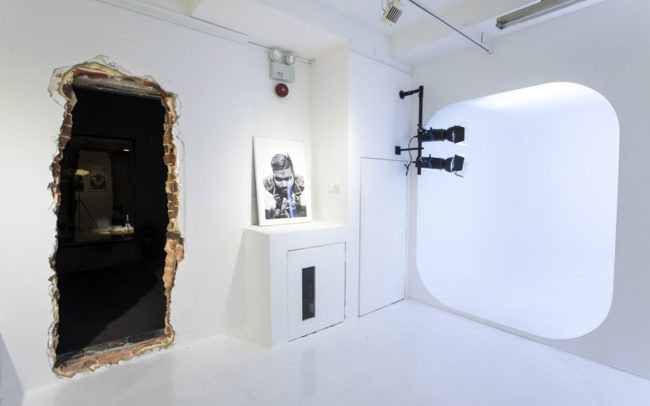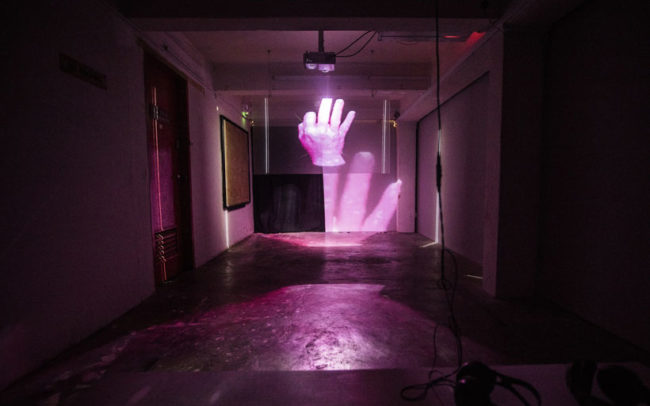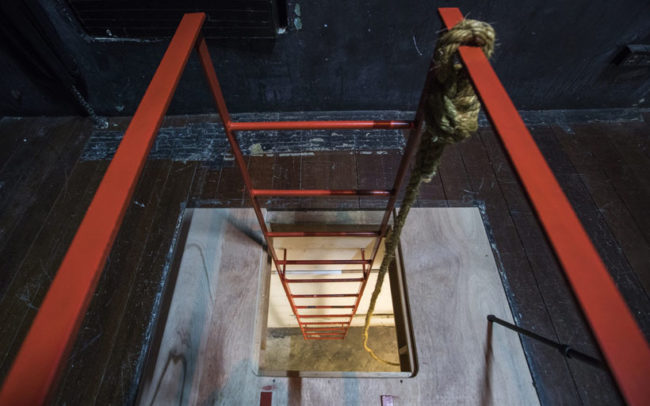“Living in Singapore as a creative is like living in a famine…” (Artist, Zi Xi)
A day in the city wouldn’t give you this impression. Bright lights of the iconic skyline mirrored on the waters of the lavish Marina Bay – Singapore is a city nation that screams modernity, acceptance, and innovation. Or it is? It is only when you dig a little deeper, looking beyond the clean and orderly city centre streets and asking the question, but why?

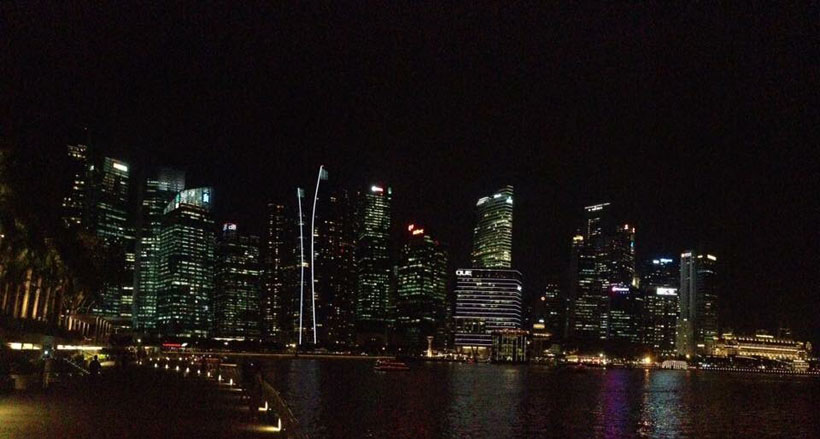
Public art is banned. The only art you see decorating the urban hub is that which has passed rigorous checks, art that supports an important city narrative. The kind of message that says, ‘We are Singapore, we are a successful, accepting and multi-cultural nation state’. Commissioned murals take you on a creative journey through the city’s history, whilst monuments depict the industrial progression of years gone by and symbolic sculptures take the shape of harmonious figures holding hands. There is an element of freedom in creating, an ability to act on impulsive innovative desire, that isn’t welcomed here – a feeling, at least, that it doesn’t meet with the strict contemporary city brand.
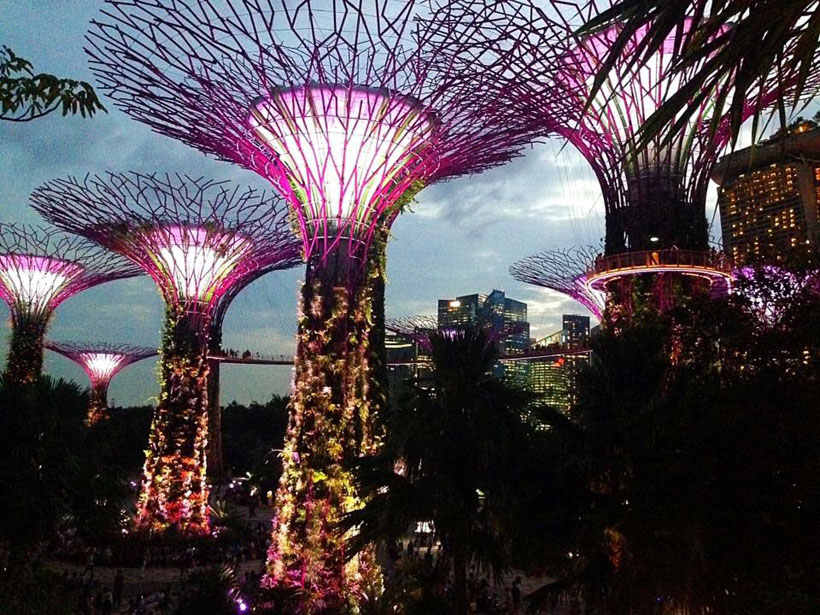
As an artist living in Singapore, you begin to feel like you are moving through a cookie cutter system – fulfilling what is expected and asked of you. Safe. Clean. Art. Just speaking with local artist, Zi Xi, I could feel her appetite for more. Having lived and studied in London, Zi Xi has experienced the creative chaos of the British urban jungle, along with its freedom in the exploration and expression of your unique imagination. The stark comparison between these two cities is clear to see. The city streets here are spotless, orderly and quiet. Everything has its place and its purpose. Just thinking of London brings back memories of crowded streets, the hum of traffic, the crash and laughter of street performers. We see this as an environment of commotion, disarray and havoc. Yet to an artist it is one of liberation – where you are given the freedom to speak, create and act on desire. Fundamentally, laws and restrictions mean that the public art you are shown in Singapore’s city centre are very intentional.
Walking through the streets of Singapore, I began to feel as though I was part of a film set, in some alternate Truman Show reality. This notion wasn’t new to any of the residents I spoke with, who all laughed in agreement. Zi Xi went on to speak of her interest in what’s happening beyond the Singapore bubble. It was important for her to address controversial themes that were otherwise avoided in Singapore’s social circuits and discuss them in the only forum she could – her artwork. A recent example of this was the ‘Plastic Ocean’ installation, where she transformed gallery space into an ocean of plastic in an effort to demonstrate the very real effects of pollution. Zi Xi has been asked to undertake an extension of this project at Singapore Zoo, highlighting the growing appetite for this exploratory form of artwork in the city.
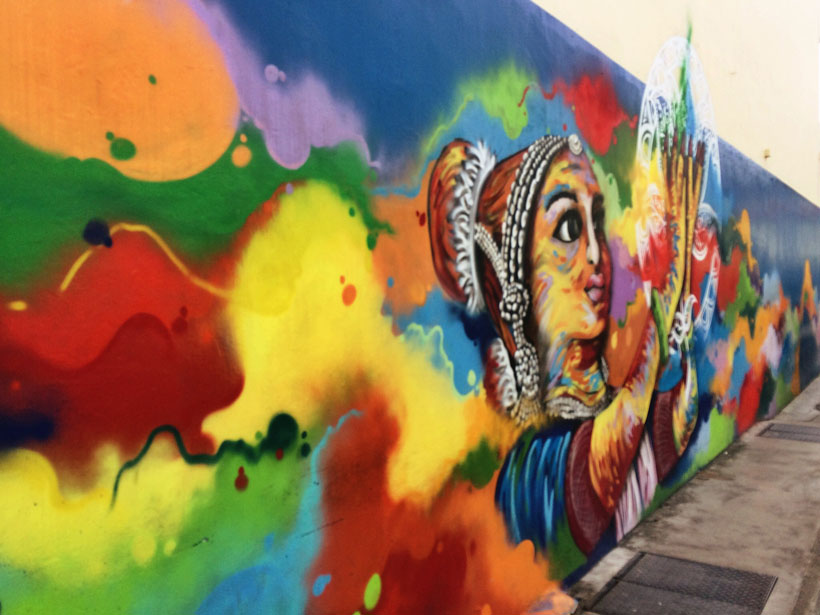
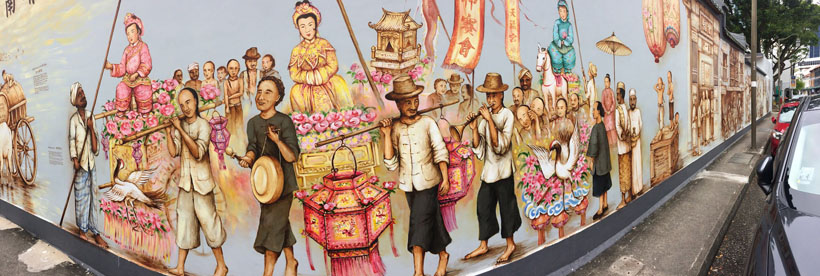
The clean city centre poses a stark contrast to the vibrancy of its ghettos. Both China Town and Little India have their own personality, presented through an explosion of colour and noise. It felt as though you were stepping from Singapore’s safe and orderly streets into another world as you ventured into each neighbourhood. I was taken in by the informality of China Town. I became one in a sea of people moving with the tides beneath the traditionally ornate paper lanterns that fluttered above our heads – it was refreshing to hear the shouts from street vendors as we passed, to see some element of disorder in the otherwise perfect display that was Singapore.
I was staying in Little India, which has been dubbed the up and coming creative ghetto. It was refreshing to see passionate stories of the community’s rich cultural history told in the form of striking street art. The neighbourhood is home to ARTWALK, an annual public arts festival (run by LASALLE College of Arts and Singapore Tourism Board, supported by Little India’s Shopkeepers’ and Heritage Association). 2017 marked its third year, where interactive art installations, immersive performances and expressive storytelling explored the theme of ‘Your Path to Remember’. These passionate displays were delivered by local artists, who effectively brought the heritage of the Little India district to life. The ghettoes showcase an alternative display of art, shedding light on another side to Singapore and the many faces of its multicultural community.
Expression of creative passion must be supported and approved before it can be displayed in the city of Singapore. This fact was reinforced with a visit to The Substation, which was the first independent arts centre in the city. Although its identity has changed a little, the venue continues to explore experimental and contemporary art. The exhibition currently on display is entitled ‘Discipline the City’, which encourages us to consider the expense and exclusivity of the city – where everyone knows where they need to be and how they must behave. It comes in response to questions of control, of access and politics of space. I found it interesting that these themes should be chosen in such a restricted and authority-led urban environment – yet the very fact that this exhibition is running gave me a sense of faith in the future of genuine and creative displays of artistic passion in Singapore.

‘Discipline the City’ takes its audience on a journey through an anti-building – presenting a fusion of misaligned spaces, walls that don’t quite connect and punk-themed riot scenes. It brings us to question: who does the city belong to? Who has rights over the city? These are poignant themes in any urban hub but, for me, they were particularly important questions to consider here in Singapore – an environment where artist, Zi Xi, stated she felt as though she were on cookie-cutter conveyor belt. She, along with everyone else in the city, has a role to fulfil, expectations to meet, along with rules and regulations to abide by. Perhaps this exhibition – along with the freedom of expression Zi Xi uses in her artistic world – is helping to open up creative conversation in Singapore.
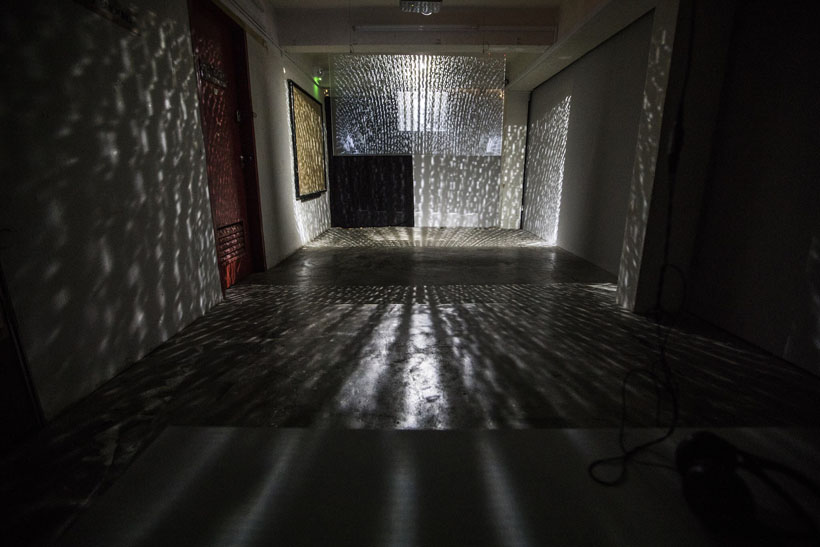
There are many layers to the ‘Singapore experience’. It isn’t easy to get under the skin of the city and see beyond the shiny facade of the iconic skyline. But if you are looking for an element of freedom in expression, of organic artistic flare and passion, it can be found. Step beyond Marina Bay Sands and Gardens by the Bay – instead, choose to get lost in the cultural warrens of the cities ethnic ghettos, explore hidden independent arts spaces and find yourself in amongst crowds of like-minded individuals at informal festivals held in celebration of local creativity.
Words and images by Emily Baldwin.
